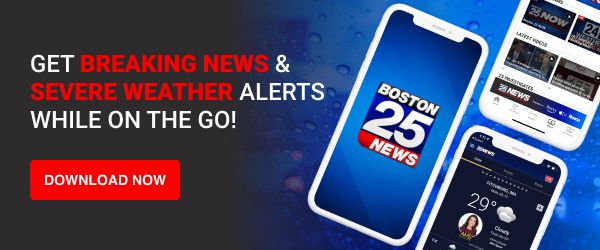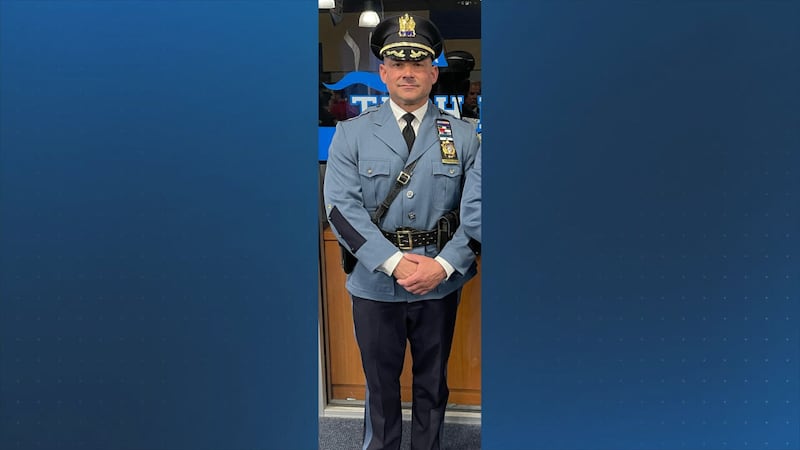WASHINGTON — Automatic emergency braking (AEB) systems should help drivers avoid crashes.
But in a new, rigorous crash prevention test by the Insurance Institute for Highway Safety, many popular SUVs struggle with certain obstacles on our roads.
The nonprofit tested the auto braking systems in ten popular small SUVs. The results show only one car, the Subaru forester passed the test.
“We want these systems to warn the driver early enough that there’s a crash about to happen,” said David Aylor, Vice President of active safety at the Insurance Institute for Highway Safety.
Aylor said the test is more challenging with new obstacles like trying to avoid another car, a motorcycle and a large truck at higher speeds.
Previously, researchers evaluated the automatic emergency braking system with cars moving at 12 and 25mph but for this test, the speeds increased as high as 43mph.
“We look at how well these vehicles are able to mitigate or completely avoid a crash,” said Aylor. “With our top-rated Subaru Forester, what we saw is that it avoided almost all of the collisions with the passenger car and the motorcycle, and just at the higher speeds with the motorcycle, you know, there was an impact, but it greatly mitigated the speed.”
The Honda CR-V and Toyota RAV4 were rated acceptable. The Ford Escape, Hyundai Tucson and Jeep Compass earned marginal ratings, while the Chevrolet Equinox, Mazda CX-5, Mitsubishi Outlander and Volkswagen Taos were all rated as poor.
“We fully expect the other manufacturers to make changes, and quickly improve their systems,” said Aylor.
The Alliance for Automotive Innovation represents most of the companies with poor test ratings and dozens of other auto manufacturers.
In a written statement, the alliance didn’t respond to the test results directly.
Instead, the association said, “Automatic emergency braking (AEB) is a breakthrough safety technology automakers developed to help detect imminent vehicle collisions, warn drivers and automatically apply the brakes. This lifesaving technology uses radar, cameras and lasers to help prevent crashes and protect pedestrians in varying conditions. Lifesaving AEB technology is on U.S. roads today because of industry’s voluntary commitment to install the system in all new vehicles by 2025. It is estimated AEB could prevent 42,000 crashes and 20,000 injuries annually.”
While most of the vehicles struggle in this test, Aylor said these systems still work well.
“These front crash preventions are highly effective in the real world. We’ve seen that they reduce front to rear crashes by 50 percent,” he said.
The Insurance Institute for Highway Safety plans to test how well auto-braking works with other types of obstacles, such as bicyclists and pedestrians at night.
We also received the following statements from the SUV automakers with poor ratings in this test:
Mazda
“Mazda is always looking to improve our suite of advanced driver assistance features, including the automatic emergency braking systems that IIHS has put to the test at higher speeds and with varied obstacles. We are currently evaluating IIHS’s new front crash avoidance criteria and believe we can achieve higher ratings in the near future.”
Mitsubishi Motors North America, Inc.
“Mitsubishi Motors vehicles meet or exceed every required safety standard in the US, and have been recognized by IIHS for excelling in IIHS’ own testing protocols. The requirements of this particular test exceed any applicable safety standard. While we are disappointed to see the Outlander’s score in the test, we remain confident in the 2024 Outlander’s real-world safety technology given the vehicle’s IIHS Top Safety Pick rating.”
General Motors (Chevrolet Equinox)
We are confident in the safety of the Chevrolet Equinox that achieved a 5-star safety overall rating from NHTSA’s comprehensive New Car Assessment Program. We appreciate the IIHS’s introduction of new front crash prevention test protocols and will look to incorporate the findings into our designs.
Volkswagen of America, Inc.
The safety of our customers is a top priority for Volkswagen. Our driver assistance systems are designed to aid drivers, but are not substitutes for attentive driving. Just as lIHS continues to push the requirements for their testing programs, similarly Volkswagen continues to work on improving our driver assistance systems as new models are developed to better protect our customers.
Download the FREE Boston 25 News app for breaking news alerts.
Follow Boston 25 News on Facebook and Twitter. | Watch Boston 25 News NOW
©2024 Cox Media Group






